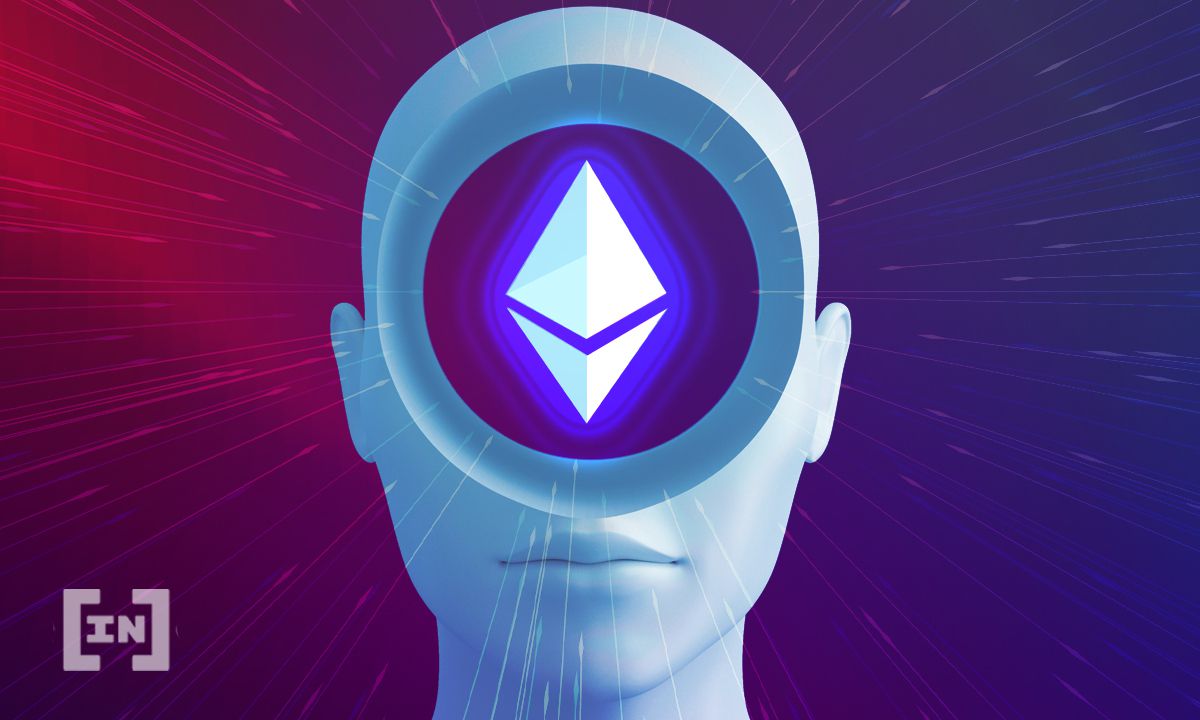
During the Second Annual Global DeFi Summit, Rivet Founder and CXO Greg Lang, moderated a session about Ethereum 2.0 where speakers discussed the expected updates, and the benefits and risks they pose.
Bankless Founder David Hoffman kicked things off by defining some of the key updates that are expected with Ethereum 2.0. He says the upgrade will “increase access to the Ethereum protocol on two fronts.”
Significance of proof-of-work
First, it will provide an easier to access consensus mechanism. Whereas the current proof-of-work is very competitive and resource intensive, proof-of-stake will return consensus to “small consumer-level laptops.” This is beneficial for getting more people involved regarding security and decentralization. Next, he mentioned sharding, which Hoffman said scales how much trustless block space has, which allows more people to use it for cheaper fees.
Alex Wearn, CEO of IDEX, follows this up, emphasizing the significance of proof-of-stake. With proof-of-work, miners are incentivized to create valid blocks through the investments they’ve made in their hardware and the reward of Bitcoin. Now, with proof-of-stake, instead of putting up capital and energy, users will put up staked assets, which will act as a form of deposit. Wearn compares this to a deposit put up when renting an apartment, which is forfeited if the tenant acts irresponsibly.
Benefits and risks
With the changes expected from the Ethereum 2.0 upgrade, there are certainly many benefits, but the session’s speakers also highlighted some potential risks. First, Wearn highlighted the fact that more people will be able to use Ethereum because of lower transactions costs.
He points out that most of Ethereum’s success has come from decentralized finance (DeFi) and non-fungible tokens (NFTs). However, both of these typically generate higher value transactions. Users with smaller amounts of money are usually priced out, due to the high transaction fees. Describing the upgrade as a “dial-up to broadband moment,” he hopes that more people being able to use Ethereum will lead to new types of applications.
However, one of the major risks of switching to a proof-of-stake consensus mechanism is the potential for governance to consolidate into the hands of a few who accumulate the most Ethereum. Alex Gluchowski, CEO of Matter Labs, said that as it stands, the distribution of Ethereum is one of the most decentralized among Layer1 protocols. He did note, however, that such an accumulation of wealth would become a security concern.
Meanwhile, Wearn also pointed out that exchanges will also become validators. This means that staking with them could potentially become a centralization risk. For instance, if they were to be influenced by outside forces, many less-technical users would find it difficult to transfer their funds elsewhere.
Hoffman also noted that liquidity pools could offer “redeemable notes” to users, representing their staked tokens. If many DeFi protocols do this, then users would likely end up concentrating with the one that proves most liquid. Hoffman said this could also potentially cause liquidity centralization.
Disclaimer
All the information contained on our website is published in good faith and for general information purposes only. Any action the reader takes upon the information found on our website is strictly at their own risk.
Source: https://beincrypto.com/ethereum-2-0-could-increase-adoption-but-poses-centralization-risks/
- access
- Action
- Adoption
- alex
- All
- among
- analytics
- applications
- Assets
- BEST
- blockchain
- blockchain technology
- business
- capital
- Cause
- ceo
- Communication
- Consensus
- Costs
- cryptocurrency
- Current
- data
- data scientist
- Decentralization
- decentralized
- Decentralized Finance
- DeFi
- DID
- Economic
- Economics
- energy
- ethereum
- Ethereum 2.0
- Exchanges
- Fees
- finance
- First
- form
- founder
- funds
- General
- Global
- good
- governance
- Hardware
- High
- Highlighted
- How
- HTTPS
- Increase
- information
- Investments
- involved
- IT
- Key
- Labs
- lead
- Liquid
- Liquidity
- major
- Miners
- money
- NFTs
- offer
- People
- Pools
- Proof-of-Stake
- Proof-of-Work
- proves
- Reader
- resource
- Risk
- Science
- security
- sharding
- Space
- speakers
- Staking
- success
- Summit
- Technology
- Tokens
- transaction
- Transactions
- Updates
- users
- value
- Wealth
- Website
- WHO
- writing












